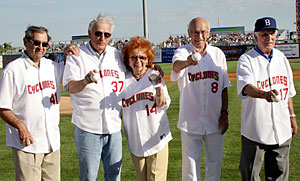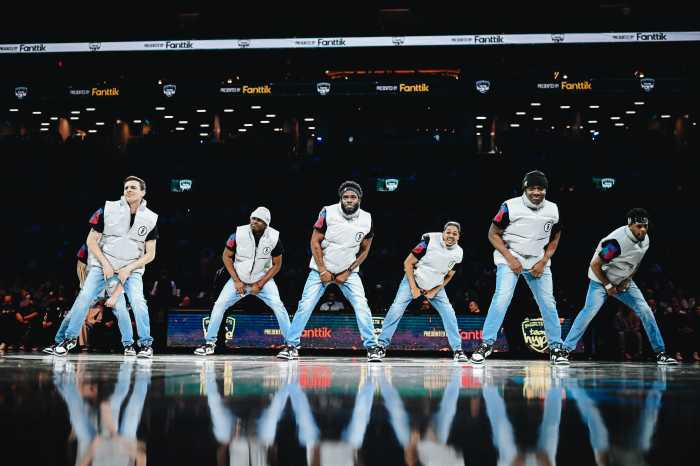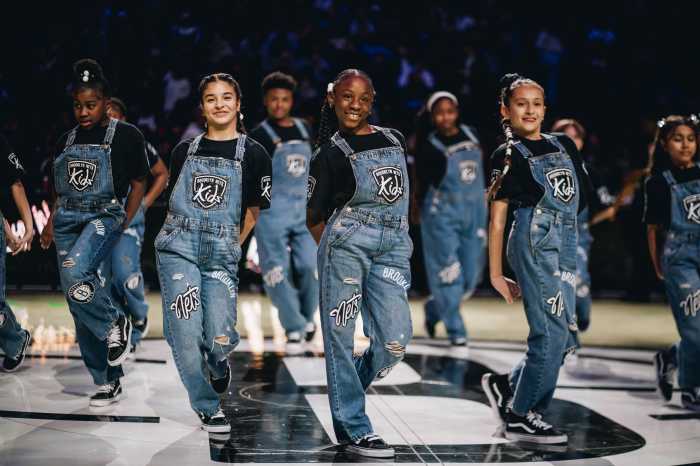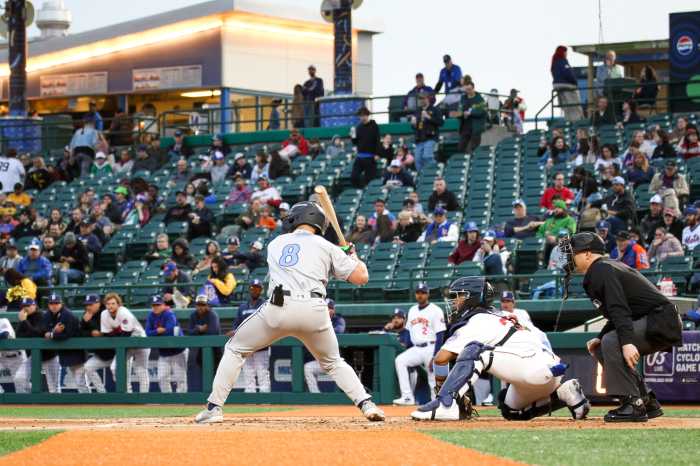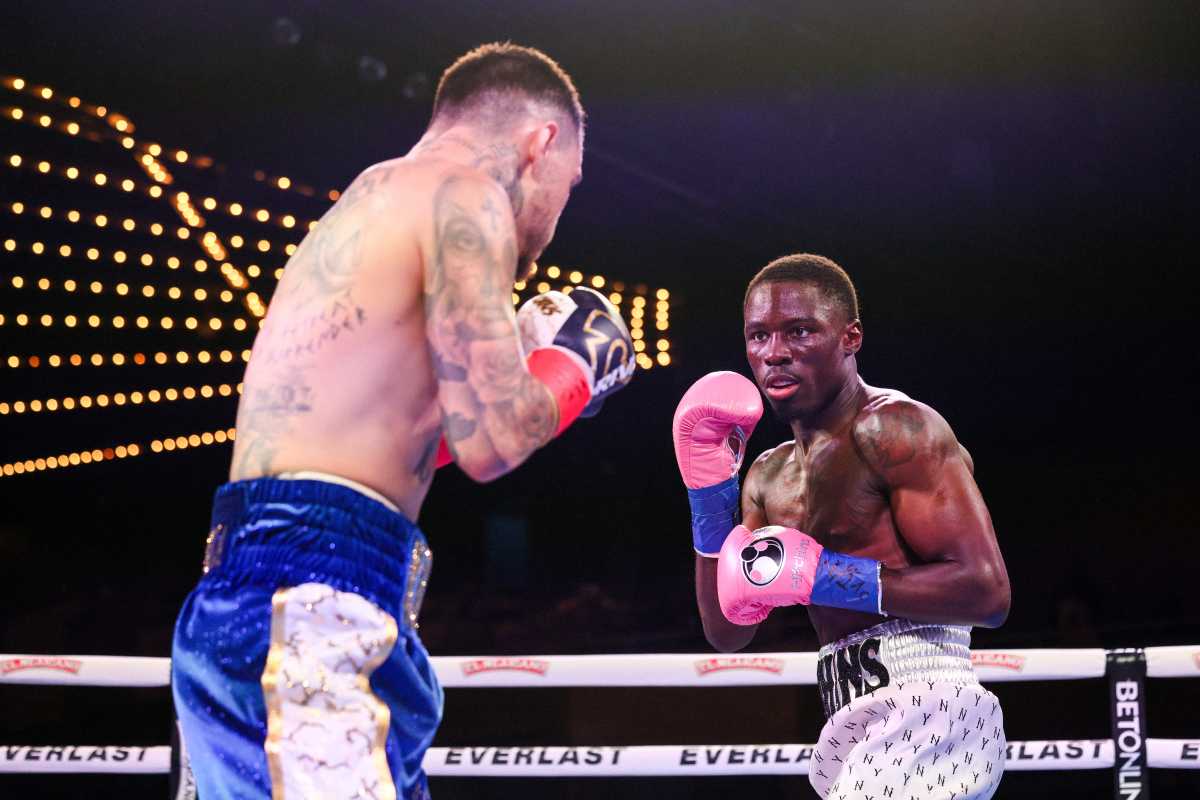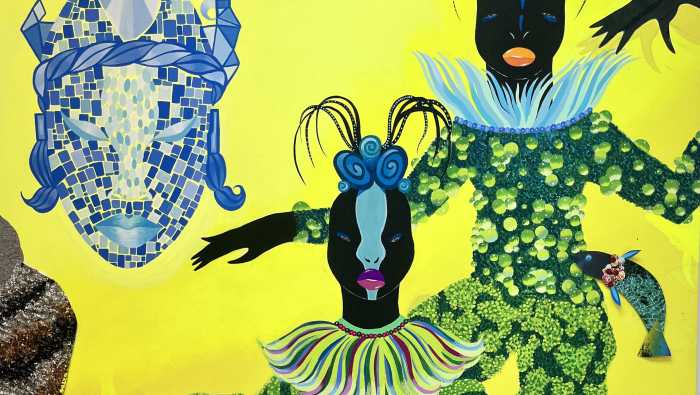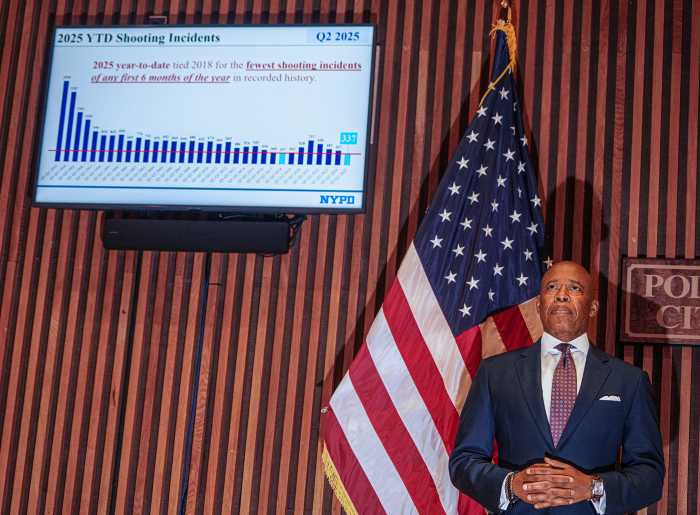Four members of the 1955 Dodgers were at Keyspan Park on Saturday, July 23, and shared their thoughts with the media in the Keyspan Park Gallery, and later with fans as the players signed autographs on the ballpark concourse.
Ed Roebuck
A reliever on the team, Ed Roebuck, won five games and saved 12 during the 1955 season, and those 12 saves were back when saves were tough to get under the rules of the time.
The right-hander was asked what he remembered most about happenings off the field in Brooklyn, and deliberately taking the question literally and speaking just like a pitcher, with a pained expression on his face, chuckled and then said, “What I remember most about off the field in Brooklyn were the short right and center fences.”
“And because of the slope of the field, home plate was actually higher than left field so all the hitters were actually hitting downhill,” added Roebuck, covering all fields.
“My family and I were living in Bay Ridge when I played with the Dodgers, and everyone was really nice to us. Those were some of the happier times of our lives,” said Roebuck.
“We were raised in Pennsylvania, and I never thought the Dodgers would leave Brooklyn. I thought all the talk was just a bluff. If they hadn’t moved, my family probably would have stayed and lived in Brooklyn.”
Clem Labine
Clem Labine went 13-5 in 1955, and the right-hander pitched in four games of the 1955 Series, winning Game Four and saving Game Five.
Labine added to Roebuck’s comments about the Dodgers enjoying their stay in the neighborhoods of Brooklyn.
“It was wonderful, I had my family here,” said Labine. “There were always baby sitters available for our family, and free pasta. We’re happy to come back.”
Carl Erskine
Another key pitcher on the team was right-handed starter Carl Erskine, known in Brooklyn as “Oisk.” Erskine won 128 games in his career with the Dodgers and he was 11-8 in 1955. He was asked about the moment of victory in the 1955 series.
“After the last out, when Elston Howard grounded out, we all raced out of the dugout to get to [winning pitcher Johnny] Podres. We whooped it up on the field. Then we went up the runway and into the clubhouse and it was almost a moment of reverence. And [pitcher] Roger Craig recently told me, ‘I looked over and I actually saw tears in the eyes of Pee Wee [Reese], and Jackie [Robinson] and Gil [Hodges] and you, and you all had tears in your eyes.’ Just for a moment there, we felt we had accomplished for our fans this World Championship. It was a moment that was deeply felt.”
Roebuck recalled a different salary era, reflecting, “Well, I was making $6,500 a year and we got $9,700 for the World Series, so obviously it made a big difference. I didn’t have to work that winter.”
“Shotgun” Shuba
Outfielder George “Shotgun” Shuba, a left-handed batter, was used mainly as a pinch hitter, and hit .275 during the 1955 season. The World Series win would be his last game in the majors. He was 11 for 29 as a pinch hitter in 1955, a .383 average.
Shuba is known for the “Handshake of the Century,” which occurred in 1946 when Shuba was a farm teammate of Jackie Robinson at Montreal. The Montreal team was playing at Roosevelt Stadium in Jersey City against the Giants farm club in Robinson’s first game. There had been much speculation on whether a teammate would actually shake Robinson’s hand, and when Robinson hit a homer in that game, Shuba did.
It was a natural gesture for Shuba, who never considered not doing so.
“He was my teammate,” said Shuba. “Of course I shook his hand. I never thought about it.”
But Shuba does take credit for the World Series win.
He was sent up to bat in the top of the sixth inning for second baseman Don Zimmer and made out. In the bottom of the inning, Shuba could have played left field with Jim “Junior” Gilliam moving to second base.
Dodger manager Walter Alston — and Shuba’s teammates — had a better idea.
‘If I had grabbed my glove when the inning ended and headed out for left field, the whole Dodger bench would have tackled me before I got there,” said Shuba, who laughingly admitted he was not known for his defense.
Alston sent in the speedy and left-handed Sandy Amoros, and moved Gilliam to second.
The Dodgers led 2-0 and Yogi Berra came up with no outs and runners on first and second. Berra, a left-handed dead pull hitter, hit a looping drive slicing towards the left field line. Amoros reached with his glove and caught the ball and fired into the infield to double off Gil McDougal at first base. The play changed the complexion of the Series.
“If Amoros doesn’t make the catch, we’re not here today,” said Shuba. “He didn’t get much publicity because he didn’t speak English. [Amoros, from Cuba, spoke Spanish.] But Amoros and Johnny Podres won the Series for us.”
Final thoughts
Erskine had some comments on one of the reasons the Brooklyn Dodgers, 50 years after their World Series triumph, are so remembered.
“I always related the memory of the Brooklyn Dodgers and their move to Los Angeles to when a young person dies, right in the bloom of life,” said Erskine.
“My understanding is that right before 3:43 pm, the time when Gil Hodges caught the throw to end the Seventh Game of the 1955 Series, on Oct. 4 of each year, a group meets at the site of Ebbets Field and counts down to the exact moment of victory and they celebrate it all over again. That shows how Brooklyn never forgot.”
July 30, 2005 issue


